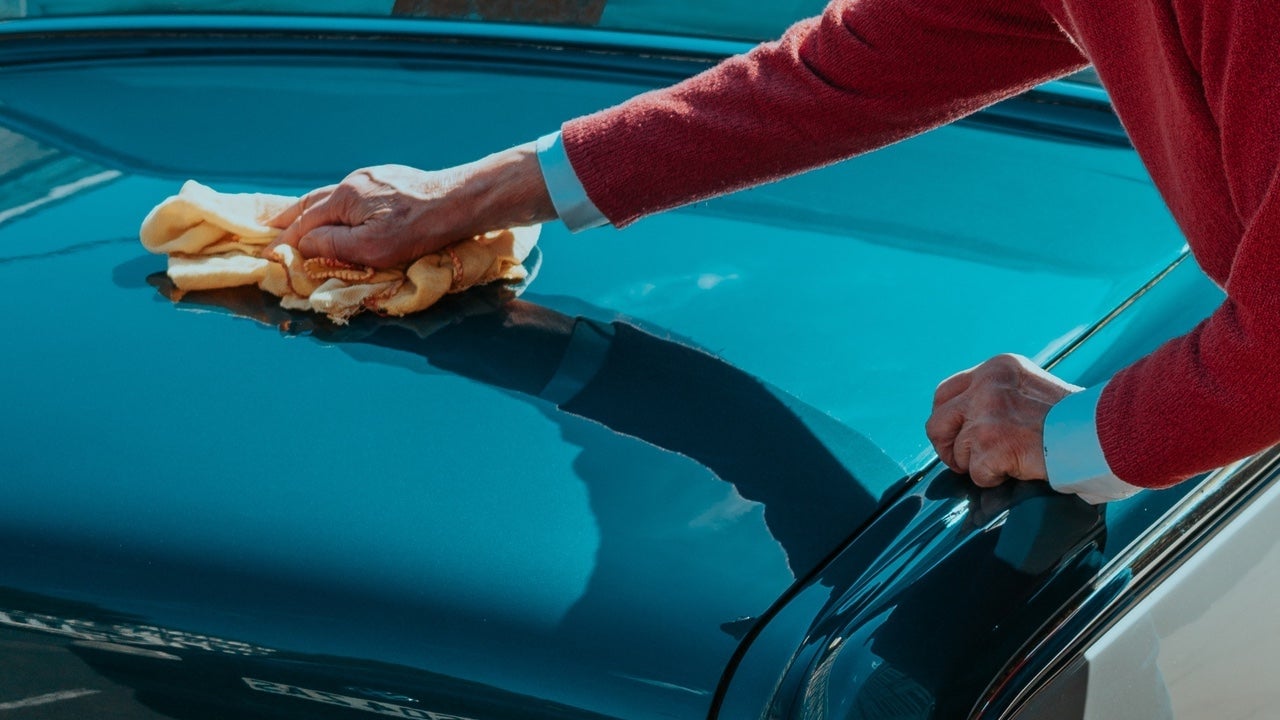Skip the Dish Soap and Use These Products to Wash and Wax Your Car, Please
Please, I am begging you: Stop washing your car with dish soap.

Please, I am begging you: Stop washing your car with dish soap.
Suggested Reading
Dish soap is wonderful! It does a great many things beyond cleaning dishes! I am a big fan of dish soap, in general! But I absolutely hate it for the purpose of washing a car and here is why: Dish soap will strip the wax off a car, and the wax is important to protecting the car’s clear coat—the clear layer that protects the car’s paint. If the clear coat erodes, you’re going to have alllllllll sorts of problems that I promise you do not want! Also, a new clear coat job costs $300-$900. A bottle of car wash soap that will last, like, a lifetime costs under $10. Spring for the car wash soap, oh please please.
Related Content
So, treat yourself to car wash soap and then go outside and wash your car because spending a bit of time washing a car outside on a nice day is one of life’s singular joys.
If you’ve never hand washed a car, you should! Even if you have, you may not know the best practices, and so I shall now tell you what they are:
- Hose the car off, which will loosen debris, making sure to hose off the wheel wells, where a lot of grit and grime builds up;
- The car should be cool to the touch, and should be parked in a shady area to prevent suds from drying out as you wash;
- Work from the top down and in sections, soaping the car with a car sponge and then hosing the soap off;
- Dry the car with a synthetic chamois after you’re done washing to prevent water spots.
Now, if you want to have some real fun — and here I must acknowledge that your idea of real fun and my idea of real fun may vary quite wildly — you could follow the washing of the car with a waxing of the car.
Waxing a car is easy, and not even terribly labor intensive; it’s, hmm, maybe a 30-minute job? I’ve done it! And I do not own or even drive a car!
Here are the things you need: Car wax (duh). Microfiber cloths OR an orbital buffer. That’s all! Now then, having waxed a car using both microfiber cloths, i.e., manually, and using an orbital buffer, i.e. throwing machinery at the job, I would say there’s actually not much of a difference in time- and labor-savings to be found in the use of the buffer. The quality of the wax job, however, is higher with the buffer, also the buffer is cool and not terribly expensive, as far as power tool investments go. (And, I use the buffer for all kinds of other cleaning jobs like scrubbing the tile walls of my shower, but that is another post for another day.)
Quick note on wax options! There are options! A brief primer: Don’t even bother to learn about spray and colored waxes. The two biggies to know about are paste and liquid wax. Paste wax comes in two formulas, natural and synthetic. Natural, i.e. carnauba wax, yields a shinier shine than synthetic waxes, but doesn’t last as long as synthetic wax does. Synthetic wax, on the other hand, lasts much longer and therefore provides more paint protection than natural wax, though it doesn’t give you as much shine. If you’re willing to wax your car three times a year, go for carnauba, if you only want to perform the job once a year, opt for synthetic.
Liquid wax is easier to apply than paste wax, which is less pliable, but also doesn’t offer as much shine power. It is, however, a better choice for use with an orbital buffer.
Waxing a car is a lot like washing a car, as far as instructions go: The car should be cool to the touch, so avoid parking in direct sunlight. However, the way you’ll work in sections is different from the way you do with washing, because the wax needs to dry for about 10-15 minutes before it’s time to buff it. So! Apply a thin layer of wax to the entire car, which will conveniently take about 10-15 minutes, but take note of where you started and work in some sort of section system that you will remember. Because! Once you’ve applied a thin layer of wax to the car, you’ll then go back to the area you started with and buff the wax away. If you’re using an orbital buffer for the job, it will do the thing for you but if you’re using microfiber cloths, do the buffing in a circular (or orbital!) motion. That’s all! Congratulations, you have waxed a car.
